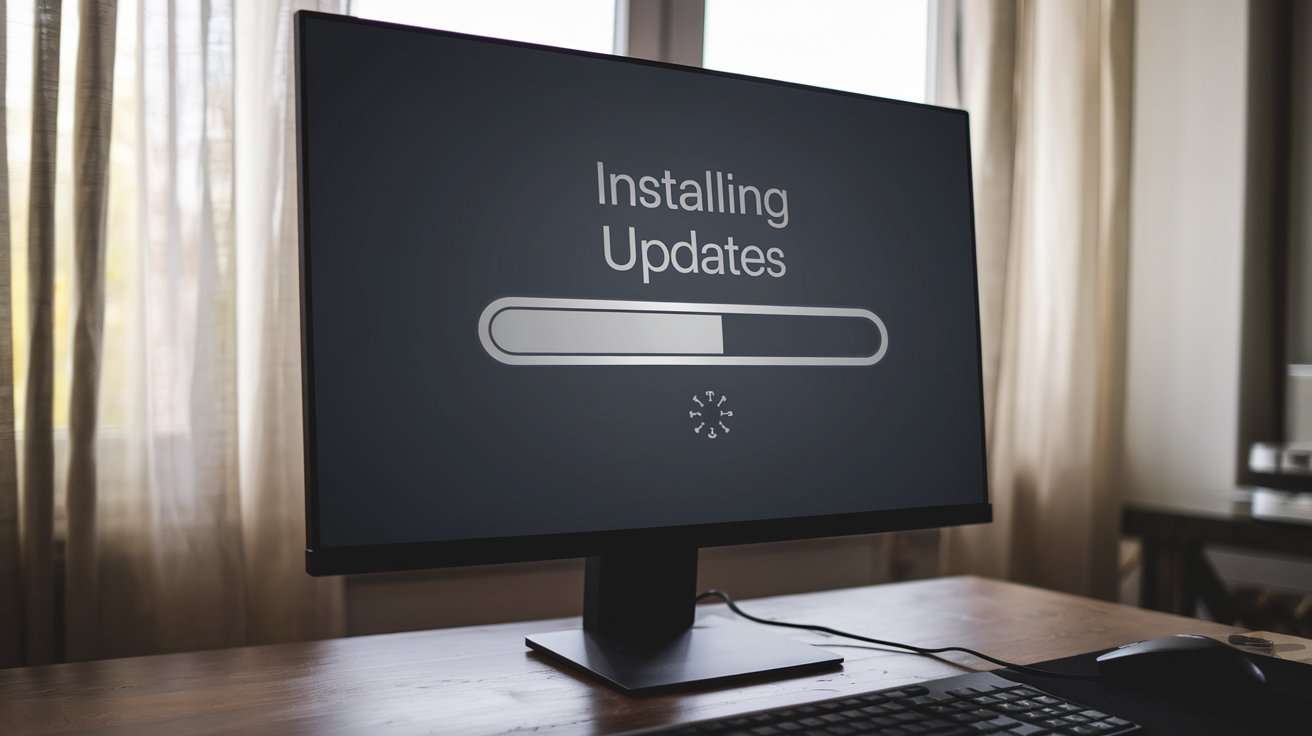Installing Updates: Why It’s Crucial for Your Software
Keeping software up to date is essential to ensure optimal performance, enhanced security, and access to the latest features. Many people overlook or delay updates, not realizing how crucial they are to maintaining a smooth and secure experience. This guide explains why software updates are essential and the potential risks of neglecting them.
The Importance of Software Updates
Updates are not just about adding new features. They are also crucial for fixing bugs, enhancing security, and improving software compatibility. Here are the key reasons why updates matter:
1. Improved Security
One of the main reasons software developers release updates is to patch security vulnerabilities. Cybercriminals are constantly finding ways to exploit outdated software, so staying updated is crucial for protecting your data.
Tip:
Enable automatic updates whenever possible to ensure your software is always protected from the latest threats.
2. Bug Fixes
Software bugs are inevitable, and they can lead to crashes, data loss, or reduced performance. Updates often include bug fixes that improve the stability of the software.
Tip:
If you’re experiencing glitches or crashes, check for pending updates, as they might contain fixes to resolve these issues.
3. Enhanced Performance
Updates may include performance improvements to make the software faster and more efficient. These enhancements can result in smoother operation, particularly on newer devices.
Tip:
Performance updates can be particularly useful for devices that feel slow or laggy, as they can help optimize resource usage.
4. Compatibility with Other Software and Devices
Software compatibility is essential for an efficient workflow. As technology evolves, updates help maintain compatibility with new operating systems, devices, and other applications.
Tip:
Regular updates ensure you have a seamless experience when working with other software and devices.
Risks of Skipping Software Updates
Avoiding or delaying software updates can lead to several problems, many of which can compromise both your security and device performance. Here are some potential risks:
1. Increased Vulnerability to Cyber Attacks
Outdated software is often a target for cybercriminals looking to exploit known vulnerabilities. By skipping updates, you increase the risk of malware, ransomware, and other attacks.
2. Poor Performance
An older version of software may not be optimized for the latest hardware, which can lead to poor performance, frequent crashes, or lag.
3. Limited Access to Features
Skipping updates means missing out on new features or functionality improvements designed to enhance your experience.
How to Manage Software Updates Effectively
To ensure you’re keeping up with necessary updates, it’s important to have a strategy in place. Here are some best practices:
1. Enable Automatic Updates
Most operating systems and applications offer the option to automatically install updates. Enabling this feature ensures you always have the latest version.
Tip:
Check your device settings to enable automatic updates, especially for critical software like antivirus programs.
2. Schedule Updates During Off-Hours
Some updates, especially system updates, may require a restart or can take a while to install. To avoid interruptions, schedule updates during times you’re not actively using your device.
Tip:
Many systems allow you to set a specific time for updates, such as overnight or during off-peak hours.
3. Regularly Check for Updates Manually
While automatic updates cover most applications, some may require manual updates. Make it a habit to periodically check for updates on your essential apps.
Tip:
For apps you use regularly, check for updates every few weeks to ensure you’re always using the latest version.
4. Use Reliable Sources
When updating software, always download from official sources or trusted platforms. Third-party sources may provide malicious files disguised as legitimate updates.
Tip:
Use official app stores or the developer’s website to avoid potentially harmful downloads.
What to Do If an Update Causes Issues
Occasionally, an update may introduce new bugs or compatibility issues. Here’s what you can do if an update leads to unexpected problems:
1. Report the Issue
If you notice a bug after updating, report it to the developer. Most developers appreciate user feedback, as it helps them identify and fix issues faster.
2. Roll Back to a Previous Version
If an update significantly disrupts functionality, you may be able to roll back to a previous version. This is often an option on desktop applications but may not be available on mobile.
Conclusion
Installing software updates is essential to protect your devices, enhance performance, and gain access to new features. By staying proactive about updates, you can avoid security risks, enjoy improved functionality, and keep your devices running smoothly.
Tags:
#SoftwareUpdates, #CyberSecurity, #AppMaintenance, #SoftwarePerformance, #TechSupport



